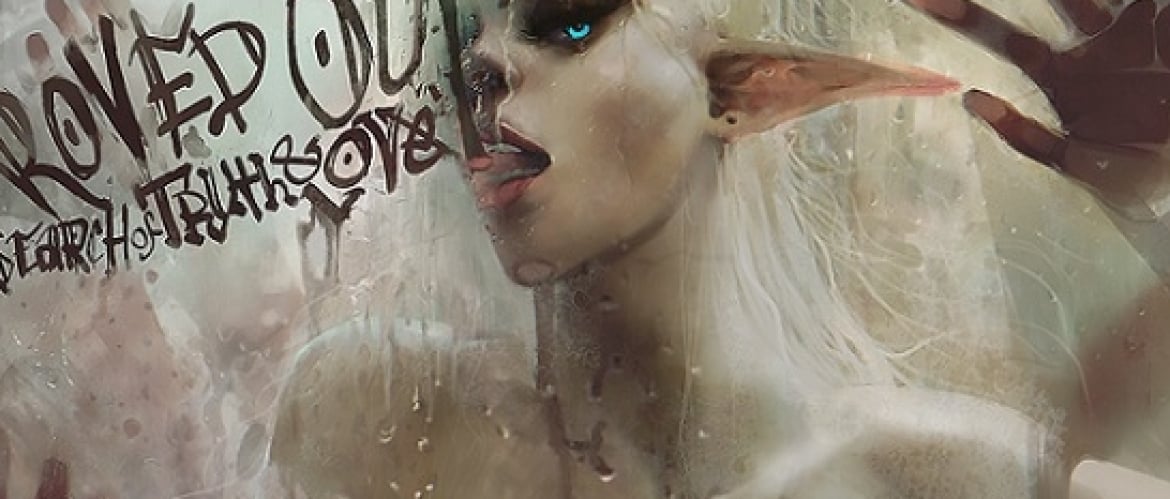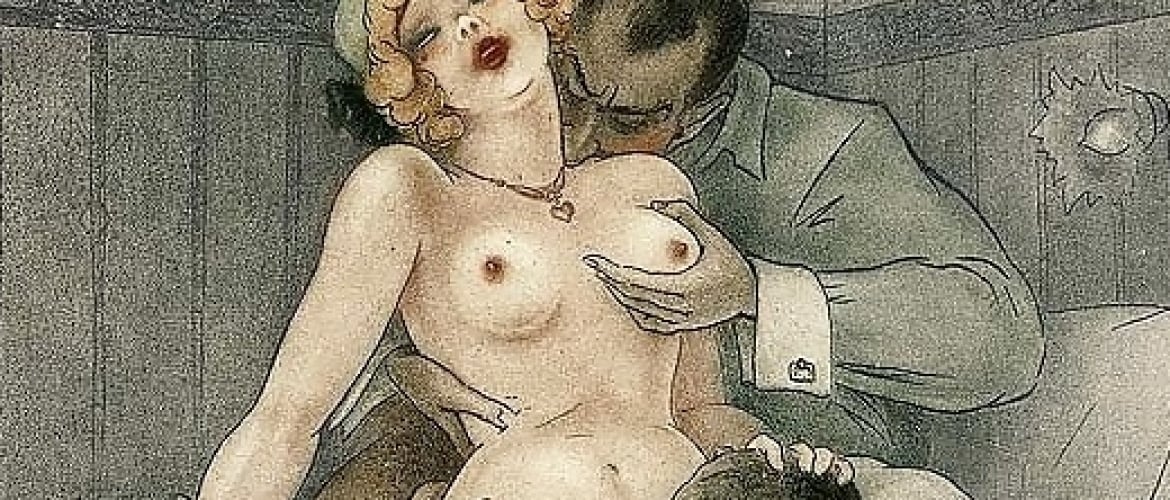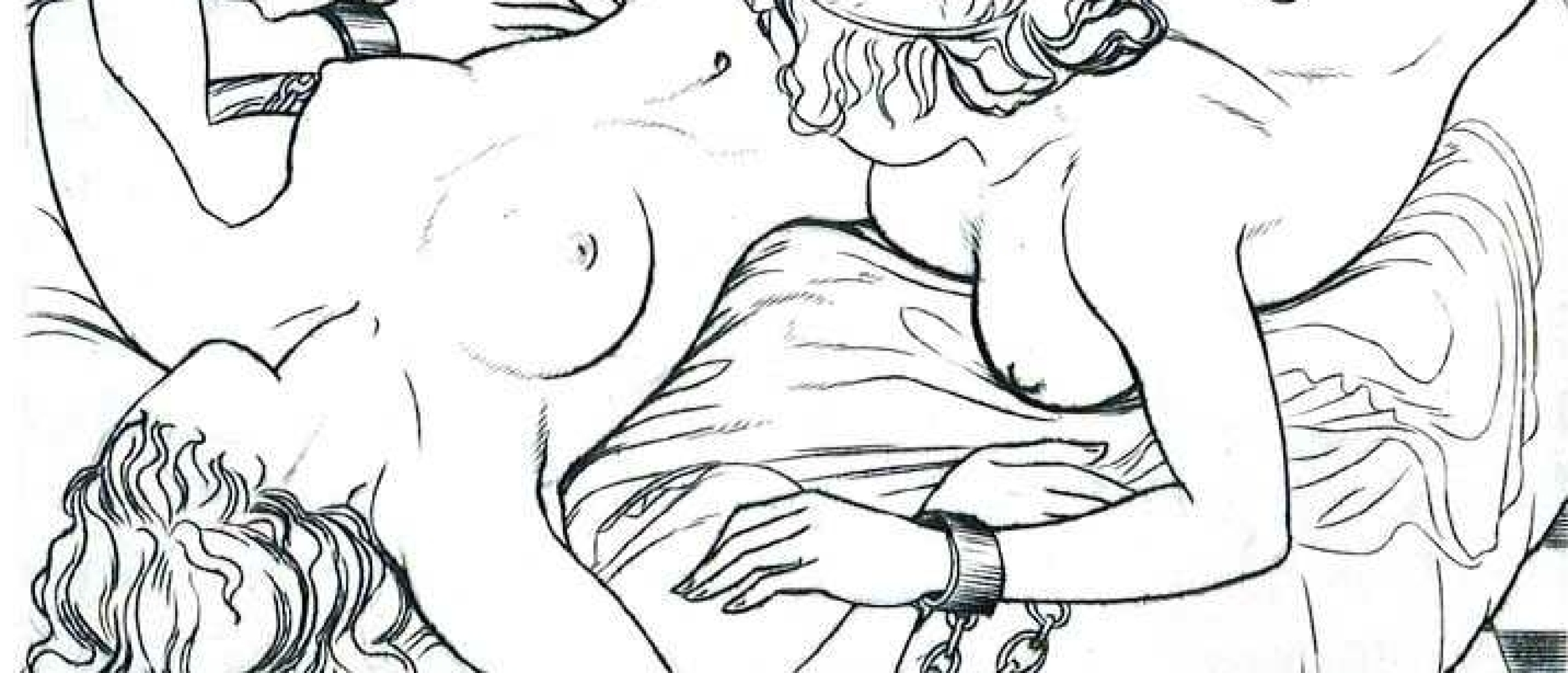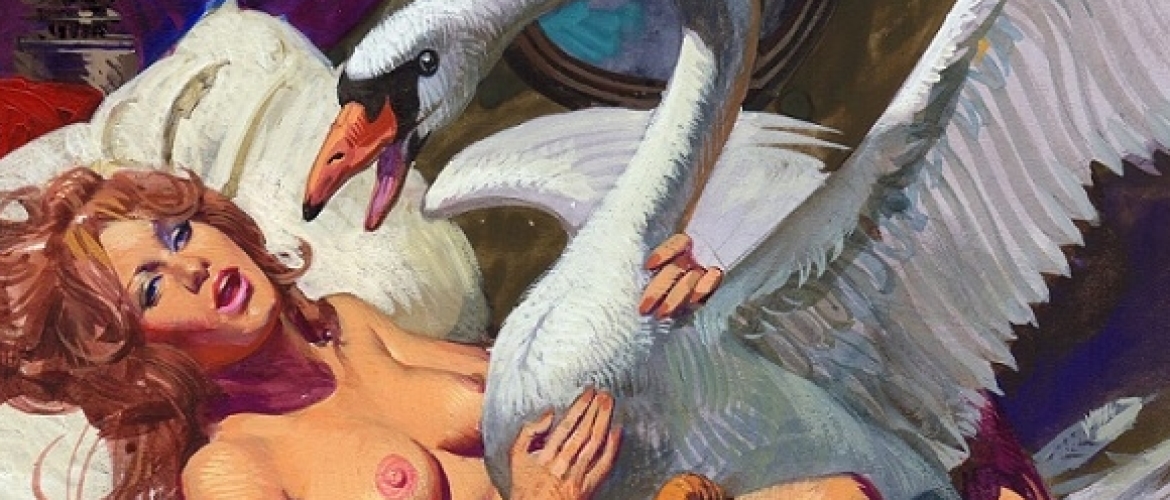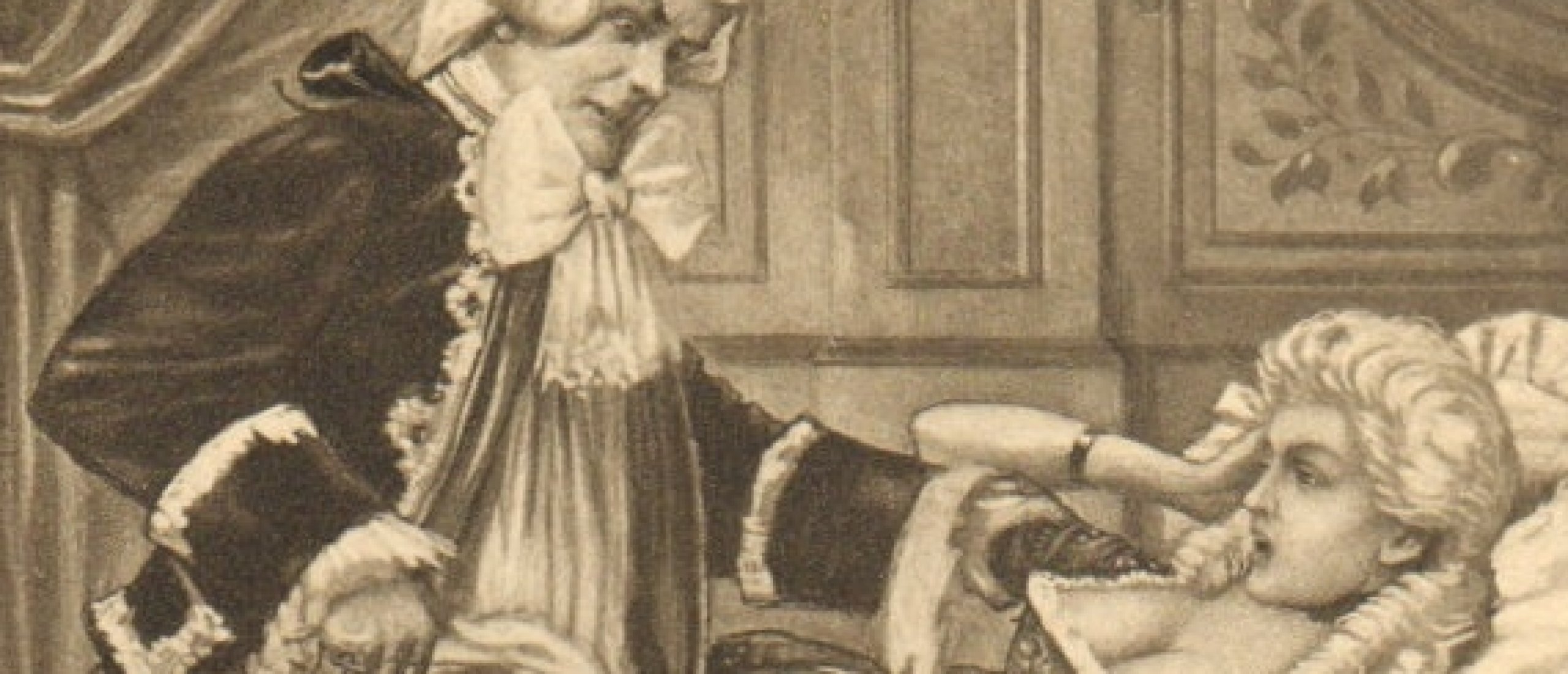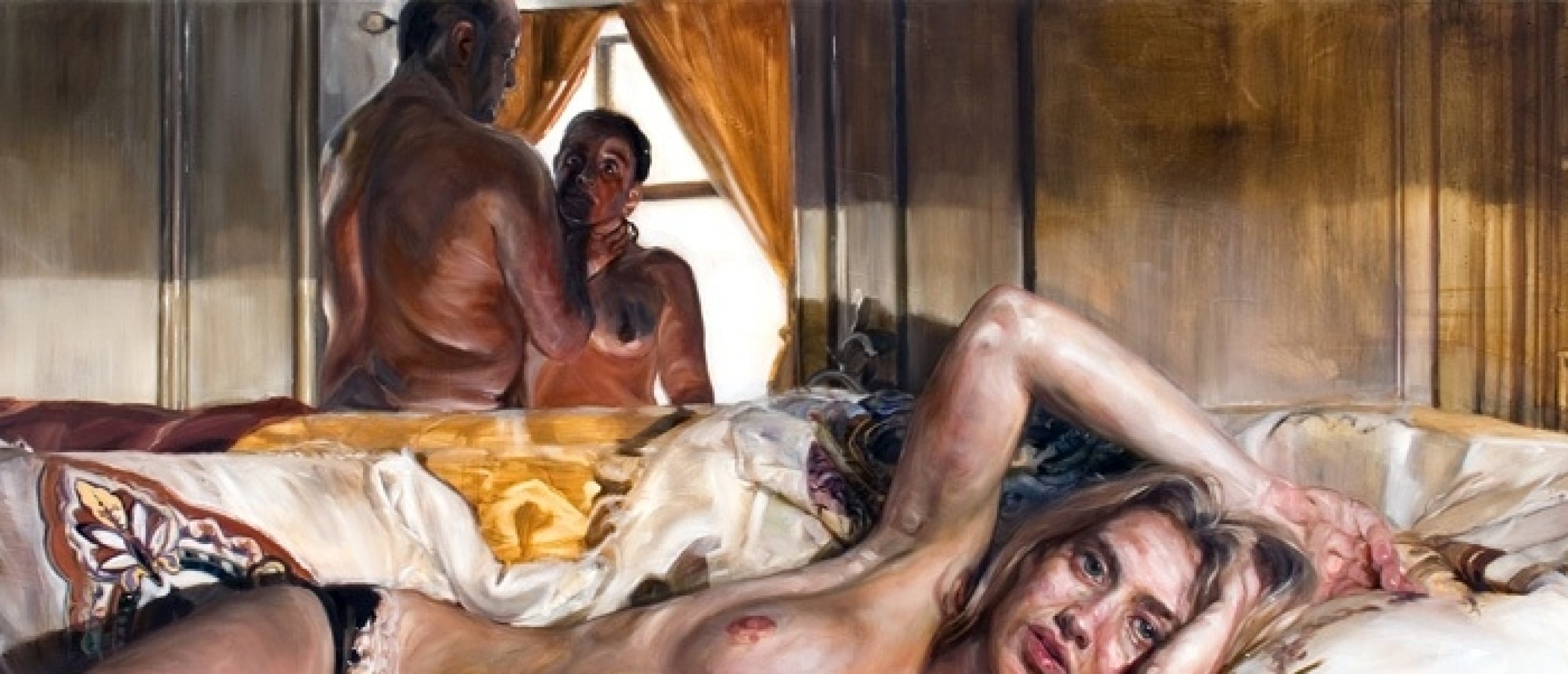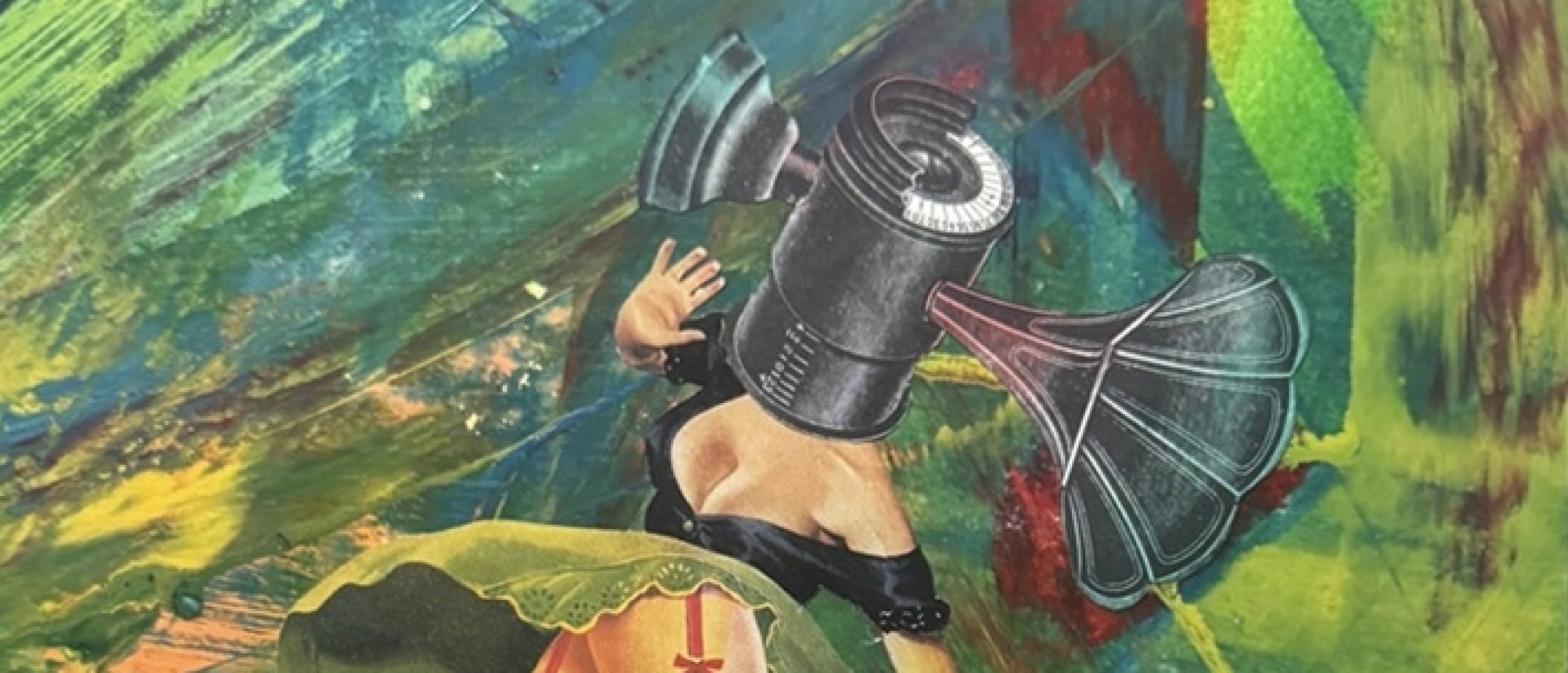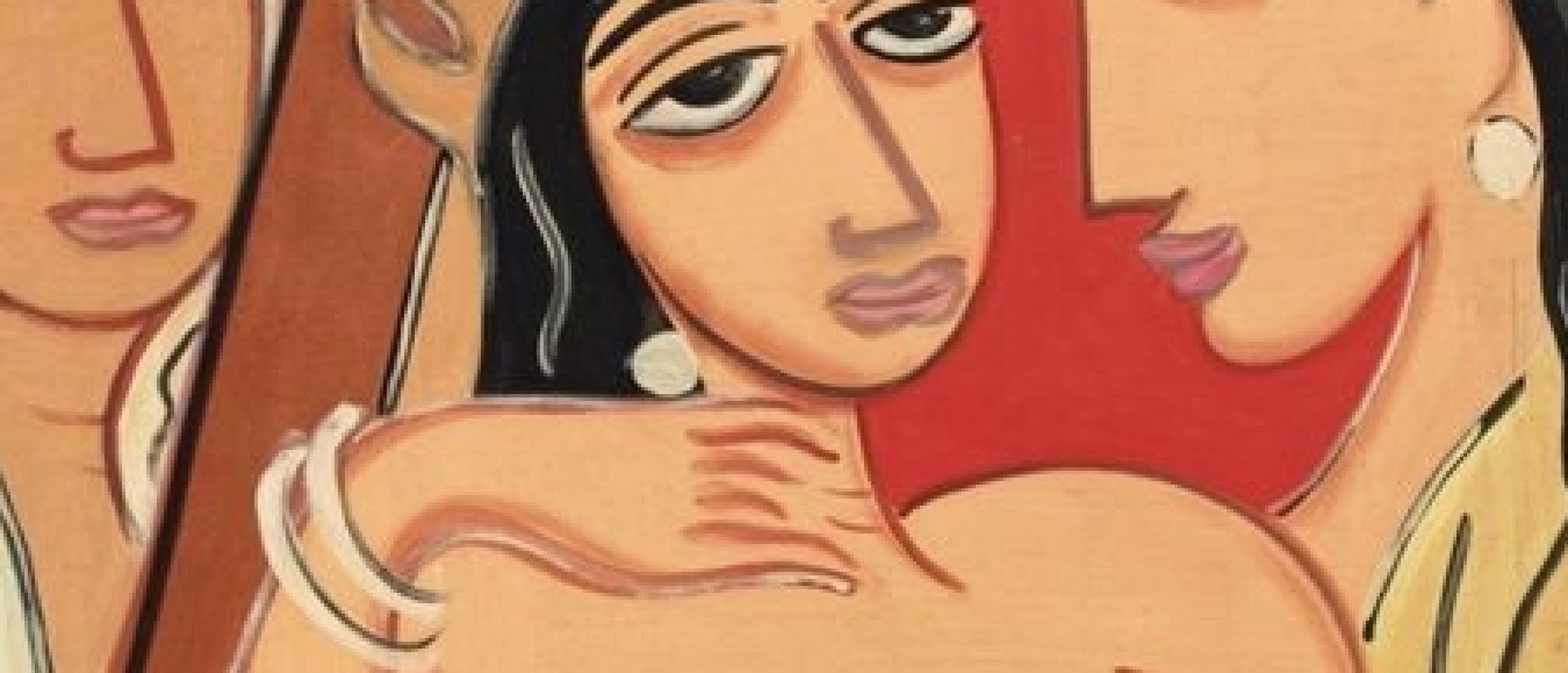
Edouard-Henri Avril’s series of illustrations ‘De Figuris Veneris’, made in 1906, offers us a titillating sepia-tinted view into the eroticised classical world of the ancient times. Avril (1849-1928) was a French illustrator born in Algiers and he often published under the name Paul Avril. One of his most famous series of illustration is the one for ‘De Figuris Veneris’, a Latin anthology of ancient erotic texts compiled by a German scholar Friedrich Karl Forberg in the 19th century. Forberg drew mainly from the Roman and Greek sources and the compilation was published in 1824 and it was originally intended for academic audience, not for the sake of titillating the viewers. Still, the explicit nature of the work made it illicit and it was more a part of private collections and secret libraries rather than a work publicly enjoyed and discussed. Editions of the ‘De Figuris Veneris’ weren’t made public in fact, and they were printed in limited editions, privately commissioned and distributed only to the elite collectors or, as they were known, bibliophiles of a certain taste. These kind of books were usually labelled as ‘L’édition réservée aux amateurs’ (or ‘Edition reserved for connoisseurs’) which only emphasised their status as objects of intellectual and sensual exclusivity. Despite the censorship Avril’s illustrations became famous in the underground artistic and literary circles and they certain still hold a considerable charm today.

Fig.1
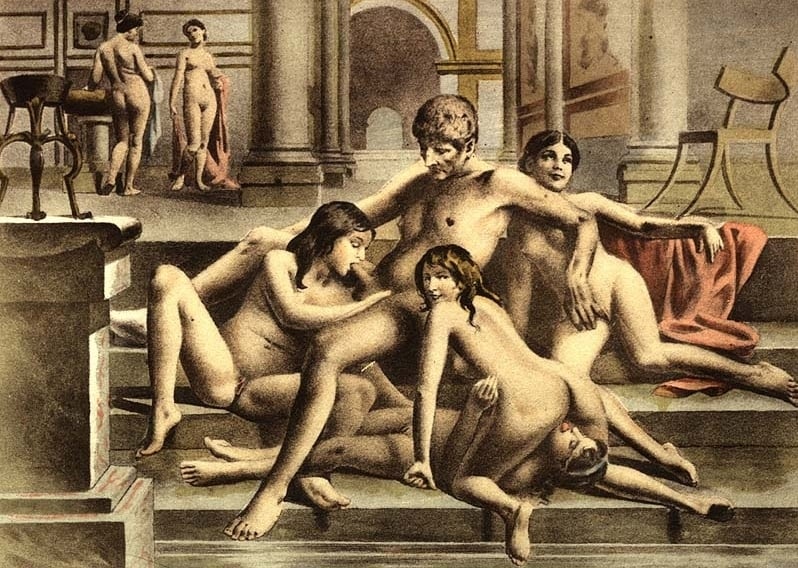
Fig.2
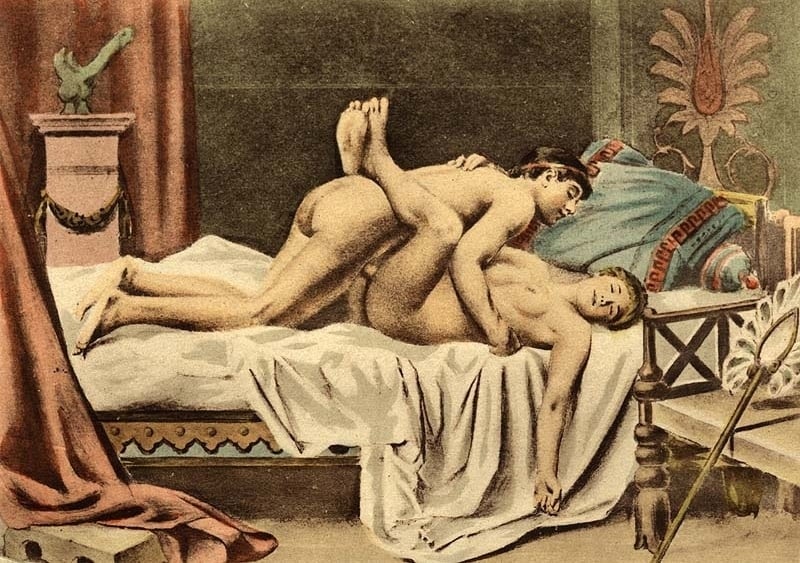
Fig.3
Subtle Sensuality
In these illustrations Avril displays a meticulous attention to anatomical details and the human form. The harmonious proportions, balanced compositions and the idealised, athletic form of the bodies all point at Avril’s source of inspiration; the Renaissance and the Neoclassical art such as the paintings of the French painter David or Ingres. Unlike many of Avril’s contemporaries who favoured explicit erotic imagery, Avril’s aesthetic is marked by subtle sensuality. His use of soft lines, delicate shading and muted sepia-toned colours create an atmosphere of intimacy, tenderness and nostalgia, almost as if a layer of dust had settled on these ancient lovers and their love charades. This nuanced portrayal of classical eroticism inspires a more contemplative, even wistful engagement with the subject matter.
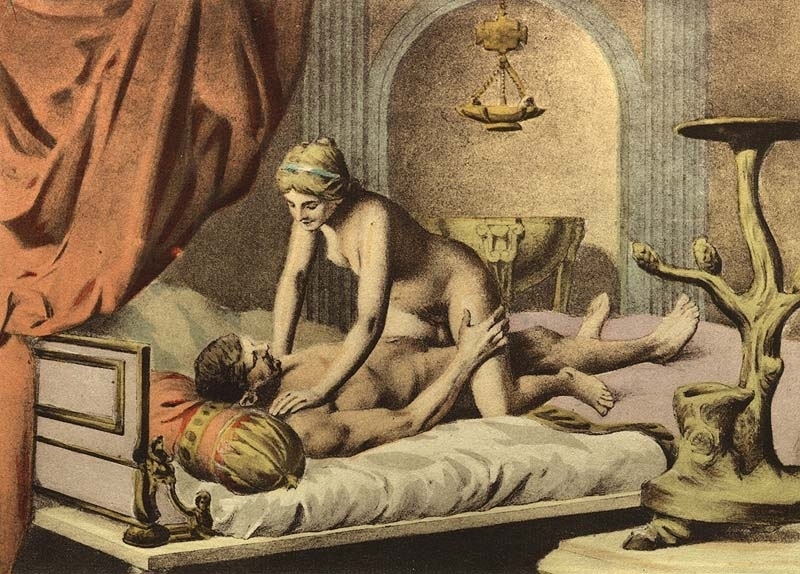
Fig.4
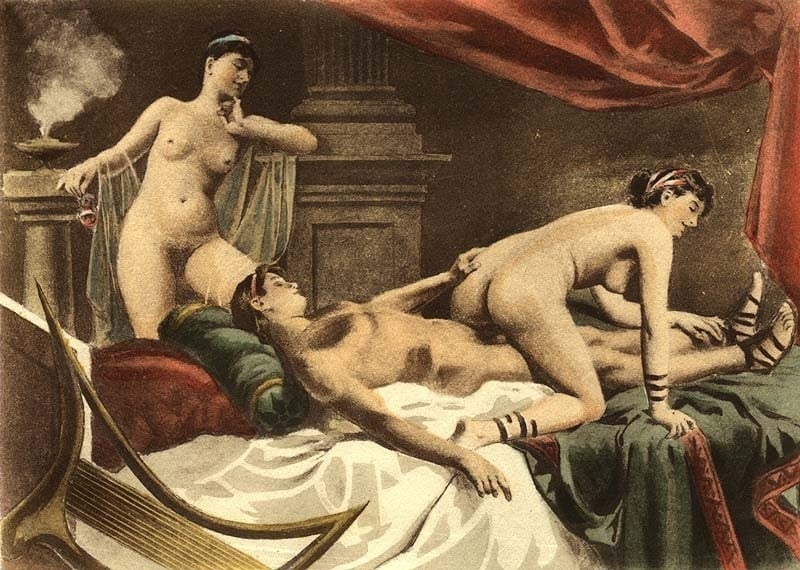
Fig.5

Fig.6
Become a Premium member now and check out the complete article including all 20 illustrations with more on Avril's presentation and the aesthetics of the erotic scenes.
Click HERE for the the Renaissance sensuality in Agostino Carracci's 'Lascivie' series
What do you think about Avril's ‘De Figuris Veneris’? Leave your reaction in the comment box below..!!

